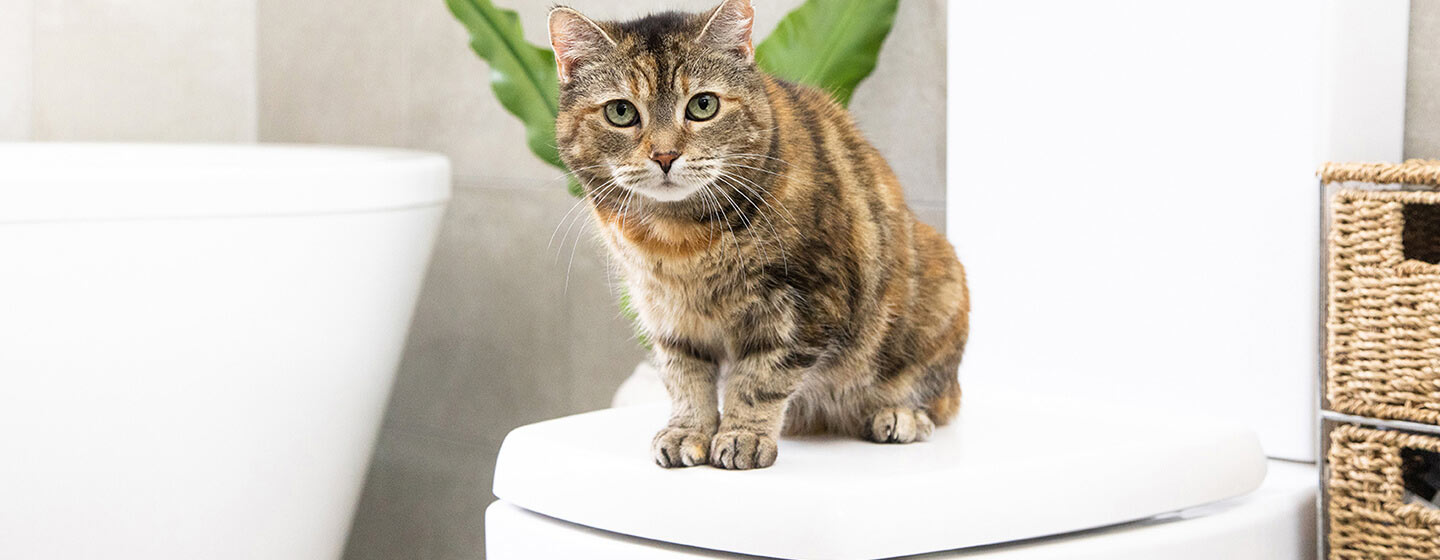
Cats don’t usually need baths, but there are some exceptional circumstances. If their fur has gotten extremely dirty, or they have long hairs which have become matted, a bath might be a good idea.
Most cats really find the experience of bathing very stressful. If you’re able to, just clean an isolated area, rather than getting their entire body wet.
However, there are rare occasions when bathing your cat is unavoidable. As a cat owner, you might be asking yourself: “How often should I bathe my cat?” or “How to wash a cat?” This article should answer all your questions.
Before you bathe your cat
Get everything you need in one place to make the experience easier for you and for your feline.
-
A large plastic bucket sink or bath (lined with a non-slip floor mat) to use as a cat bath.
-
Specialized cat or kitten shampoo. Find a mild all-rounder with no harsh chemicals or perfumes. Never use human shampoo.
-
A cat conditioner if required. Again, don’t use conditioner for human hair.
-
Towels
-
A brush to help remove matts and knots
How to bathe your cat
Fill the cat bath with just enough warm water and lower your cat gently into the water.
Bathing cats can be tricky so ask someone to help you and offer food treats, head rubs, and reassurance to lessen your cat’s anxiety.
If your cat is scared, it may try to bite or scratch you. If this happens a lot, you can consult your vet for advice. They may be able to bathe your cat for you or recommend an experienced groomer who is good with nervous cats.
Apply a small amount of shampoo and warm water to the contaminated area only. If a full body cat bath is necessary, avoid the head altogether and concentrate on lathering the rest of the body including the tail, underside and neck. To reduce your cat’s stress, you can take it out of the basin and place it down on a towel while you are lathering it.
Don’t put anything inside your cat’s ears to keep them dry. It is far better to keep their heads completely dry. If their face also needs a clean, use a damp cloth only with no shampoo.
Once done, use one hand to operate the shower nozzle or pour a pitcher of water and the other hand to protect their eyes and ears from contamination. Repeat the process if you’re using cat conditioner. It is very important to rinse the shampoo/conditioner thoroughly as your cat is likely to lick off any excess water, and you don’t want them to ingest any excess suds!
After your cat’s bath
Cats generally prefer a towel to a hair dryer for drying. Do your best to dry them off with a towel then leave them in a warm room to dry off naturally. Don’t let them go outside until fully dry, so that they don’t catch a cold.
If you are bathing more than one cat, this may create conflict between your pets. It is usually triggered by a change of scent which can be remedied by separating the bathed cats, then rubbing all cats with the same towel to redistribute scents.







